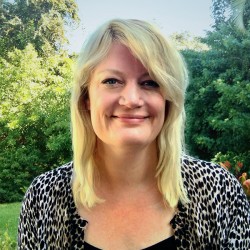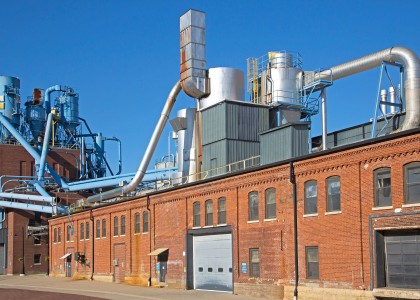Earlier this week the Supreme Court granted a motion to stay the Clean Power Plan while the DC Circuit Court hears arguments. That means there is a freeze on the rulemaking process while the CPP goes through legal challenges in the DC Court. What does it mean for energy efficiency?
Not much. Here’s why:
1. Regulation of CO2 from power plants is still going to happen. The Clean Air Act requires EPA to regulate greenhouse gases from major emitters. They’ve done it for cars, and power plants are next on the list.
2. Energy efficiency is still a powerful tool. Energy efficiency reduces greenhouse gases. It also reduces nitrogen oxides, sulfur dioxide, and mercury. Energy efficiency is the one-stop shop for protecting public health. It saves water. It creates jobs. It makes people’s homes safer and more comfortable. We should continue to think about energy efficiency as a tool to address climate change, but greenhouse gases are only a piece of the pie. In order to protect natural resources and provide reliable and affordable electricity, states need to plan with the big picture in mind.
3. State responses will vary, but most state regulators will continue to plan for the future. In recent months, several states combined the collective resources of their air, energy, and utility regulators to take a holistic approach to ensuring clean, reliable, affordable electricity for the public. The Supreme Court stay may buy them some time, but prudent regulators will take advantage of this opportunity to understand the ways they can achieve their goals at the lowest cost. Energy efficiency will very often be their answer.
4. There’s lots of work to do. We can use this time as an opportunity. Energy efficiency is viewed by many as a generally good idea, but historically it hasn’t been well understood outside certain circles. More recently it’s moved front and center as a pollution reduction strategy. The Clean Power Plan bolstered that trend. But it takes time to become well versed in all the facets of programs and policies, the costs, the benefits, the best practices, and how things work. We can use this time to work with low-income and environmental justice advocates, labor groups, air regulators, health groups, and others to help ensure that everyone understands the role energy efficiency can play in achieving all our goals.
Momentum is on our side. People are learning and engaged. States are working hard to leave a legacy for future generations that we can all be proud of.
Stay? We don’t think so.



